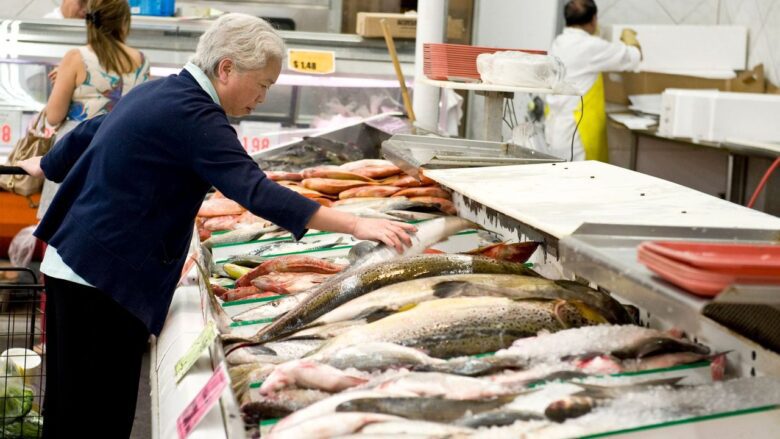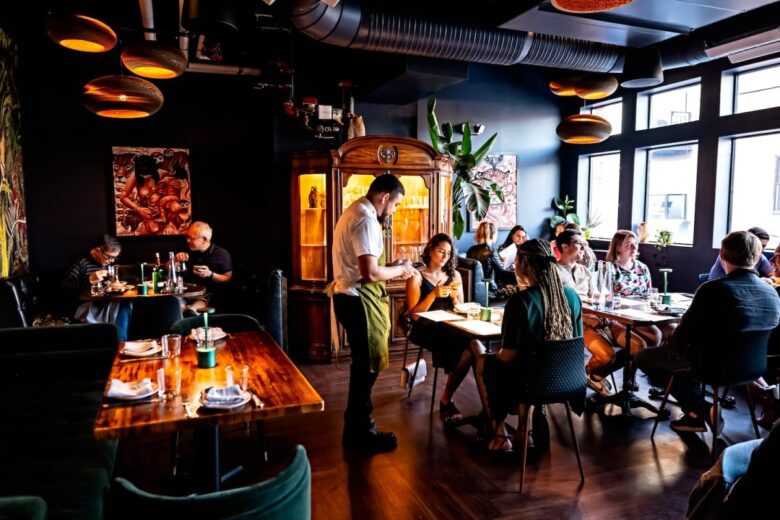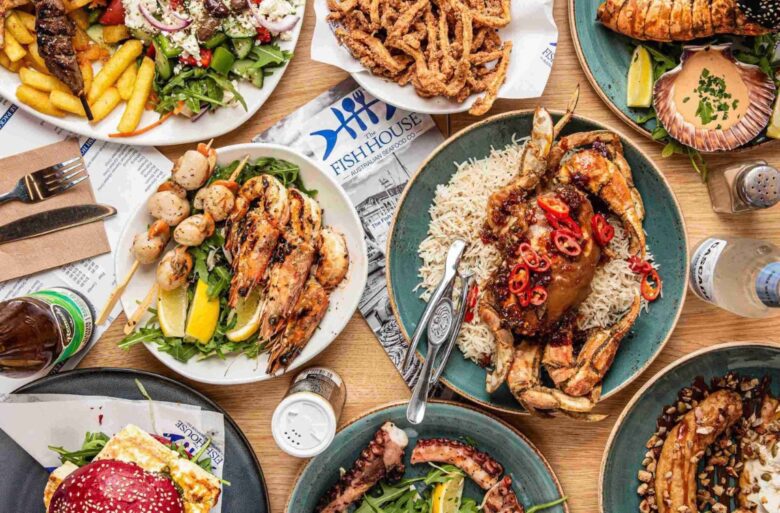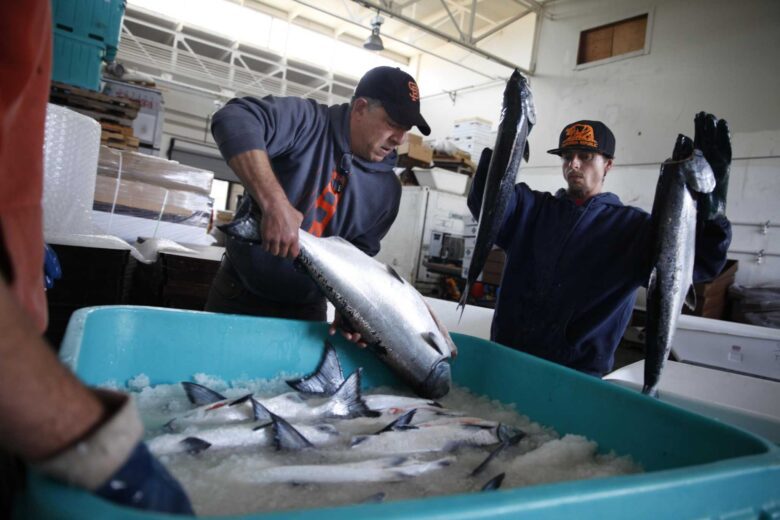You have a nice idea to open a fish restaurant, and we are proud to know that. But do you know that many things may go wrong immediately just because you have unrealistic expectations or some wrong beliefs related to these types of restaurants?
Remember, it’s not just about serving fish and seafood because there are some complex aspects that you’ll need to figure out on the way to success.
First, you need to develop the idea in detail, find a venue, draft a menu, and decide on the size. Many people enjoy eating fish specialties, so you need to be both creative and knowledgeable. Imagine all those visitors making happy memories, enjoying every bite of the fish dish, and getting inspired with fresh ideas.
This way, your project will become a popular one, attracting so many visitors.
So, let’s take small steps and explain the details, especially the menu.
Table of Contents
Research, Plan, and Release

Knowing how many logistic challenges there are, creating a menu seems like the easiest task. Since you’re here, we believe you already have some budget for this project. The next thing is to research the market and see how many similar restaurants there are around.
You can also plan if you’ll have an aquarium with fresh fish or you’ll buy the ingredients semi-fresh, i.e., frozen immediately after the catch.
You need to research the legal hurdles, too, especially for serving fish. It’s a specific ingredient, and you must know how to keep the fish fresh all the time, even when you keep a stock in the restaurant’s freezer. Still, plan how to deliver undeniable quality, no matter what.
Be meticulous, take care of hygiene, manage waste, and put a lot of passion into this project. That’s the only way to make it work out.
How to Craft a Mouthwatering Menu
Offering a menu is more than just a dish list people can choose from. You need to build so-called blocks for different food types. Separate the main dishes from the entrees and create a whole experience.
Here are some aspects you need to pay attention to:
Menu Content

List the dishes in a logical way. Choose descriptive names and include photos where possible. That way, people will know what to expect when they order a portion of cod fish. Is it fried? Maybe grilled? Will they have potatoes on the side, or need to order them separately?
Be wise, as the menu is the paper that brings the restaurant and people together.
Vivid Descriptions
Just as we said, people should know what to expect. You can make the method of preparing clear from the beginning. For example, some fish restaurants serve only grilled fish, while others serve fried. But if you offer both, list both options in the menu. That will save precious time on asking and answering questions, making it easier for the client to order their favorite dish.
Still, you need to list the ingredients, too. Maybe lemon scallops seem descriptive enough, but you can list the herbs and spices, the side dish that comes with it, and even better, the estimated size of the dish.
Fish is a specific choice of meal, and you’ll have to make it easier for the clients to order, especially if it’s the main dish in your themed restaurant.
Transparent Pricing

Find the perfect balance between profitability and value. Offer attractive portions, but calculate the food costs you have. It’s a huge challenge to decide on the prices because the line between too cheap and too expensive is almost invisible.
Still, you need to include many factors in the math, from the venue price, ingredients, and chef’s salaries. You surely don’t want to experience working for less than you invest.
That’s one of the risks many business beginners aren’t even aware of. So, plan wisely, take any factor into consideration, and try to match the prices with the client profile you expect.
Attractive Design
It’s time to think about the most practical aspect of this business. The menu must be visually appealing. No one wants simple paper menus with little to no aesthetic elements on them. Keep the menus clean and protected from greasy hands!
You can hire a professional photographer to capture your most attractive dishes or even each one of them. Use attractive colors like a combination of blue and brown to create a sense of a sea or underwater world.
Choose readable fonts because clients don’t want to struggle to read some printed handwriting font when hungry, no matter how attractive it looks initially. It’s up to you to decide what format you’ll use (booklet or card).
If you offer various types of dishes, salads, fish plates, etc., you should consider a book-like menu. On the other hand, if you only have 5-6 specialties, two types of salads, and three dessert options, a nice card menu will do the magic.
Pro Tip: Always add a scannable code so people can access the menu on their phones and choose their favorite option before the waiter brings the physical ones.
Separate Wine and Beverage Card Menu
If you have a vast offer of beverages, make sure you list them in a special separate menu. You can even pair the wines and drinks with specific dishes from the main menu.
Combine various types of fish with wine and showcase knowledge and expertise. Believe it or not, clients indeed appreciate this type of effort. At the same time, you help them choose better, creating an experience they’ll want to repeat over and over again.
Final Thoughts on Crafting Fish Restaurant Menus

We mentioned very important aspects of the job. Having a menu is the basic thing for a restaurant to work. Ensure everything on the menu is nicely presented and visually appealing. Let the customers enjoy the unique experience while having the best fish dish in their lives.
It takes a lot of planning, giving up on great ideas, and setting for less initially, but it pays off in the long term, especially if you’re mostly focused on quality, not quantity and profit.

